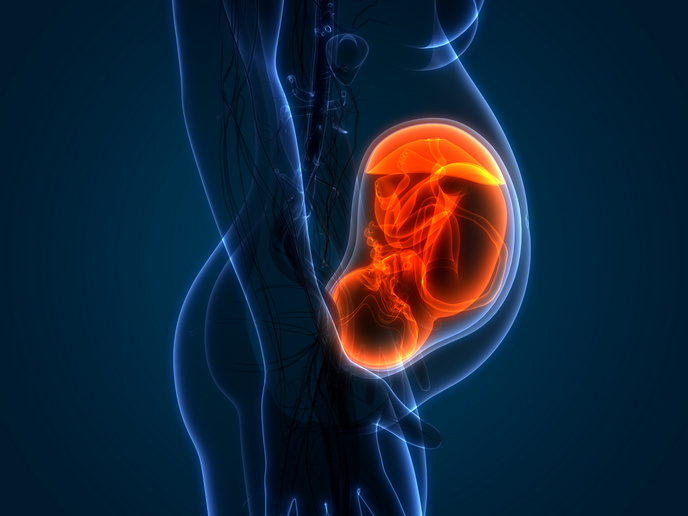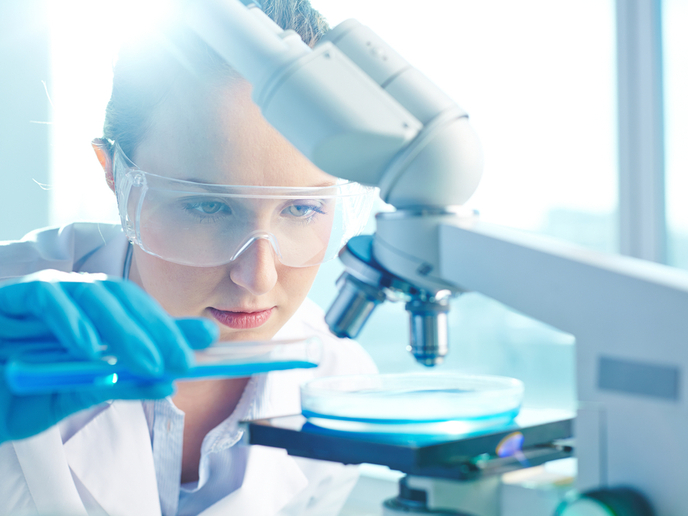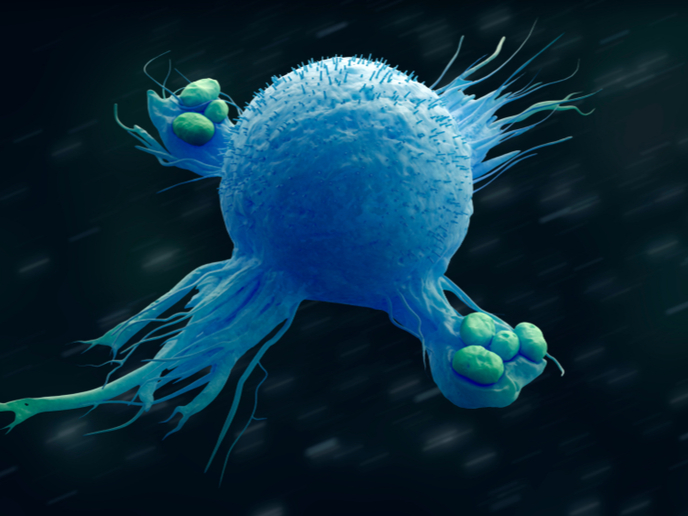Cell balance is essential for gut functions, but how is it achieved?
The gut has an important function in the digestion of nutrients as well as protecting the body against pathogens by constantly shedding compromised or damaged cells and replacing them with new cells. “The intestine is one of our body tissues with the highest turnover of cells. The numbers are astonishing: something like a billion cells a day are extruded into the gut lumen, and new cells are generated,” explains Daniel Krueger, researcher at the Hubrecht Institute(opens in new window) for developmental biology and stem cell research at the Royal Netherlands Academy of Arts and Sciences, Utrecht. But it is important to maintain a balance, says Krueger. “With too much extrusion, the gut tissue shrinks. This is the case in diseases like inflammatory bowel disease or Crohn's disease and to some extent coeliac disease, where people cannot properly digest food and absorb nutrients.” “On the other hand, if all cells are not extruded or if they extrude in the wrong direction, it can lead to tissue overgrowth, a hallmark of cancer,” he adds.
Investigation using organoid technology
With the support of the Marie Skłodowska-Curie Actions programme(opens in new window), the MCExtrusion project used organoid technology(opens in new window) – mini-organs that can be grown in the lab and can represent the system in vivo – to investigate how the extrusion process is regulated. “By studying the genes in extruding cells with transcriptomic analysis, we obtained clues to uncover the pathways that control cell extrusion,” Kueger says. A new assay system was developed to quantify this process, he notes. Then, different drugs were introduced to examine the specific response. “I found that there's a balance of these antagonising pathways and a shift in this balance can explain some of the symptoms we observe in gastrointestinal diseases,” explains Krueger.
Living cells are also extruded
Another finding that most cells that leave the epithelium (tissue layer) are not dead, but extrude as living cells came as a surprise, he notes. It was previously thought that cells die and are shed because they are damaged. “Judging by these results, it could be a defence mechanism of our body to extrude cells, in some sort of orchestrated, balanced form, before they get compromised,” he suggests. “Gut cells face a very hostile environment while being metabolically extremely active, so they accumulate a lot of damage and before this damage gets abundant, cells are extruded. This is important because weak, damaged cells would compromise the integrity of the intestine and would expose it to (harmful) bacteria in the gut.”
Biophysical properties related to extrusion
The project also looked at the mechanics of the extrusion process and discovered that gut cells physically pull on each other, which also controls extrusion. “With fluorescent labelling using the gene editing technology CRISPR, we can see a little molecular ‘motor’ pulling the cells towards each other, acting as both a sensor and an executor of extrusion,” Krueger explains. Then, using laser ablation, parts of the cell protein that hold the cells together were sliced apart with the highly concentrated laser light. “We found this local weakness leads the cells to extrude,” he says. Optogenetics(opens in new window), combining light and genetic engineering techniques, can also induce the molecular motor activity. The cells start pulling when light is focused on them, Krueger found. “We can use this to manipulate the physical forces that the cells exert,” Krueger points out, adding that understanding the role of physical forces in preserving the intestinal structure could help in the development of specific methods to protect the gut cells or make them stronger. The next step is to replicate these results in vivo, looking at the mouse intestine, he says.







